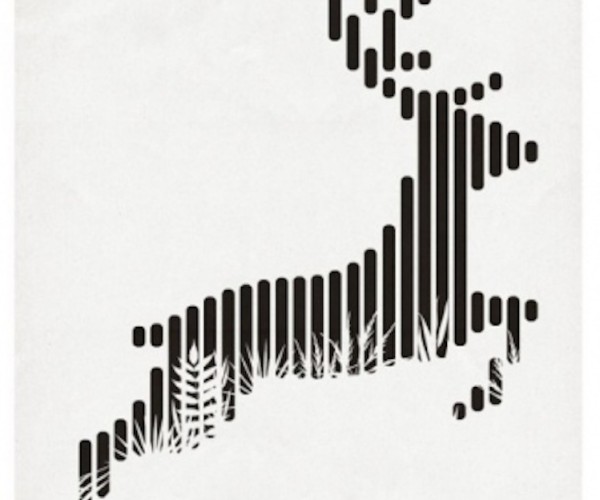

It becomes an "island-man," as Valdez defines himself. A body intertwined with land, its outline that of an island. As the individual self is multiplied and made corporeal, it is linked to a destiny beyond identity. The outline of a body becomes the iconography of an island, encompassing, as it transcends the individual, others who are also part of the self. Tracing the human silhouette, it creates a self-portrait unconcerned with anecdotal likeness that expands from the personal to the collective. It is quick, as though drawn automatically. It has the freshness and spontaneity of children's drawings and primitive paintings. On the other hand, his line seems steady, profound, and direct.

The artist gives us some facts concerning, for instance, longing and nostalgia, but he prefers to keep them loose, as if chosen at random, at the edge of a non-linear sentimental memory (even when it could be a collective memory, as well), moving to the rhythm of shared dreams. While there is no depth of field, there is a resonant aura of color which creates a world in suspense, conveying a sense of time not yet defined his universe does not belong to the here and now, but to longing and nostalgia, to a world not yet created, gathering elements for future existence. In Valdez's work there is a spatial uncertainty. A signature that is personal or, better still, intimate and introspective, is what shapes each stroke, each shading, and every association generated by those fragmented and hybrid shapes which are caught somewhere between abstraction and representation, sign and symbol, contemporary discourse and primitive form. His visual vocabulary has been built upon and articulated through a syntax that leaves no room for fashionable trends or imported expressions. But this minor key is resolved through the use of a broader tonality as well as coherence and an impact that are surprising for such a young artist. His is a minor key, discreet, filled to the brim with ellipses, ghostly voices, yearnings and reveries. Leaves cast to the wind, paper boats, hybrid animals and plants still in gestation, enigmatic drawings, fading colors, wavering outlines and the echo of their shadow: these are the signs of a precarious, ineffable and transient poetry, as fluid as running water or sand sifting through our fingers, a poetry that traces and untraces itself, appears and vanishes, is hinted at then finally rests in the work of Julio Valdez.


 0 kommentar(er)
0 kommentar(er)
